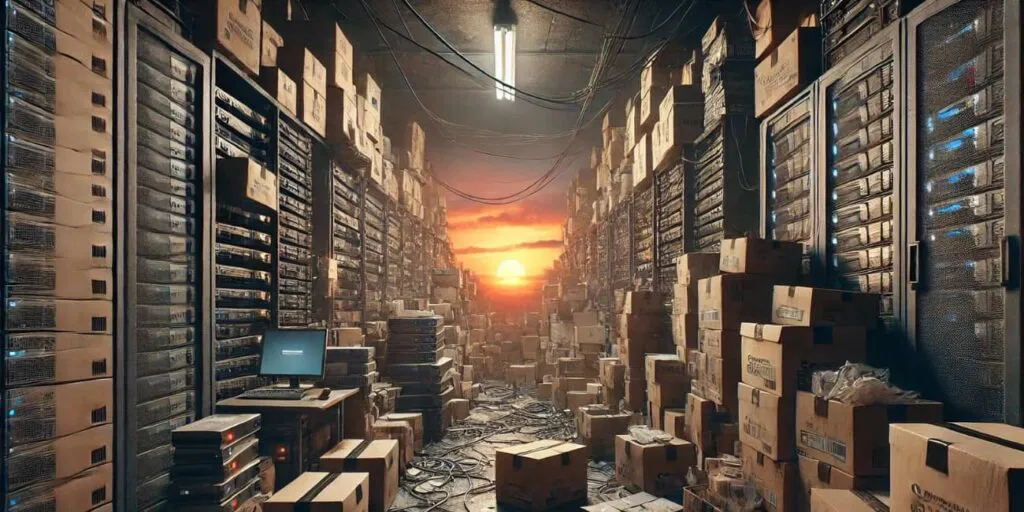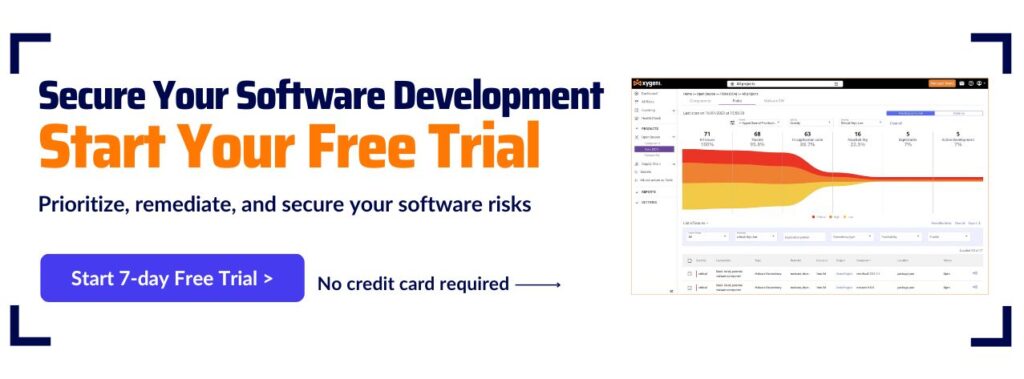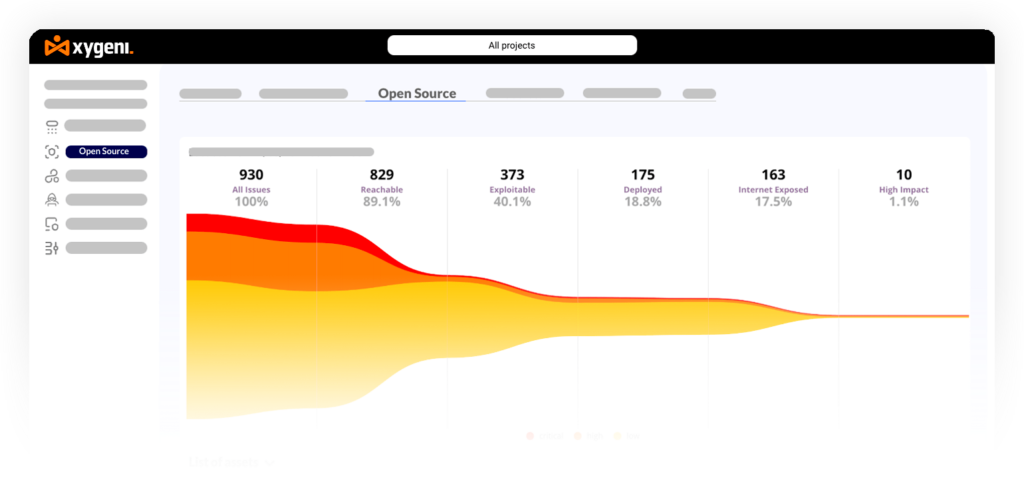For DevOps teams, risk remediation is harder than it looks. Traditional SCA tools claim to help with remediation risk management, but they often just suggest an upgrade without showing the impact. Developers try to remediate risks quickly, yet they discover too late that patches introduce unexpected breaking changes in builds and runtime.
With Xygeni SCA and Remediation Risk, you can remediate risks confidently while avoiding the breaking changes that usually slow down development.
The Challenge of Risk Remediation in DevOps
Most SCA tools recommend the lowest patched version of a vulnerable dependency. On paper, that solves the CVE. However, the reality is very different:
- Builds often fail because removed methods are still referenced.
- Applications crash at runtime due to type mismatches.
- Developers spend hours manually reviewing changelogs.
Examples every developer has seen:
- Java: upgrading removes
foo(), instantly breaking dozens of call sites. - C#: stricter type enforcement triggers runtime exceptions in deserialization.
- Node.js: async libraries switch to Promises, and pipelines collapse under test failures.
This is why risk remediation with traditional tools feels like guesswork. Instead of clarity, developers inherit noise, rework, and unstable pipelines.
Breaking Changes in the Real World
So what exactly are breaking changes? They are the hidden risks inside almost every patch:
- Removed methods or APIs that your code still depends on.
- Type or contract changes that cause runtime mismatches.
- API restructuring that forces rewrites in dependent services.
For example:
// Before (library v1.2.5)
MyService service = new MyService();
service.foo();
// After upgrade to v2.0.0
// ERROR: foo() no longer exists
In CI/CD pipelines, these breaking changes are not just annoyances. They delay sprints, block releases, and force hotfixes in production. Therefore, developers need visibility into these risks before they apply a patch.
Xygeni Remediation Risk: How It Works

Xygeni’s Remediation Risk, part of our Software Composition Analysis (SCA), extends traditional scanning with advanced, developer-friendly analysis.
- AI-powered changelog & diff analysis: Moreover, it automatically detects removed methods, API incompatibilities, and type mismatches.
- Code Impact Mapping: In fact, it pinpoints the exact call sites in your repo that would fail after an upgrade.
- Language Coverage: Additionally, it works for Java, C#, and other enterprise ecosystems.
- CI/CD & PR Integration: Therefore, findings appear directly in pull requests and pipeline checks, making them actionable in real time.
Unlike legacy scanners, Xygeni SCA doesn’t just say “upgrade to 2.0.” Instead, it clearly shows what will break, what gets fixed, and the safest remediation path, all inside your development workflow.
Pro Tip: You can even see these insights directly in GitHub PRs and CI/CD logs. As a result, there is no need for context switching.

Option 1: Upgrade to 10.1.42
- Fixed Risks: 1
- New Risks Introduced: 1
- Breaking Changes: 11 runtime issues
Option 2: Upgrade to 11.0.10
- Fixed Risks: 2–4
- New Risks Introduced: 0
- Breaking Changes: ~200 runtime issues
Instead of patching blindly, developers can see both the security benefits and the potential disruptions. Therefore, they can pick the safest path, like staying on 10.1.42 for stability.
This is remediation risk management in action: fast fixes, no surprises, and pipelines that stay green.
Want to explore similar examples? Take the interactive product tour and see how Xygeni highlights remediation risks before you merge.
Traditional SCA vs. Xygeni SCA
| Feature | Traditional SCA | Xygeni SCA |
|---|---|---|
| Vulnerability Detection | Flags CVEs only | Detects CVEs plus risky dependencies (typosquatting, dependency confusion, malicious scripts) |
| Prioritization | Severity (CVSS) | Severity + exploitability (EPSS) + reachability |
| Reachability Analysis | Not available | Identifies if vulnerabilities are actually exploitable, reducing false positives by up to 70% |
| Remediation Risk | None | AI-powered breaking change detection and call site mapping |
| Remediation | Manual effort | Auto-Remediation & Bulk AutoFix with secure PRs |
| Malware Protection | Not included | Early Warning: blocks malicious packages in NPM, PyPI, Maven, etc. |
| License Compliance | Limited visibility | Automated license scanning and compliance reporting |
| SBOM & VDR Support | External or manual | Native SBOM (SPDX, CycloneDX) and Vulnerability Disclosure Reports |
| CI/CD Integration | Partial, ad-hoc scans | Continuous monitoring & guardrails embedded in pipelines |
Benefits of Risk Remediation for DevSecOps Teams
With Xygeni SCA and Remediation Risk, your team can:
- Upgrade dependencies with confidence.
- Prevent runtime errors before they hit production.
- Save hours of manual changelog review per sprint.
- Balance speed and stability in every release.
- Remediate risks fast without slowing down delivery.
Bottom line: risk remediation no longer means broken builds. It means clarity, stability, and velocity.
Conclusion: Remediate Risks Without Breaking Changes
In modern DevOps, risk remediation cannot be blind. Vulnerability patches should not mean broken builds or failed releases.
With Xygeni SCA, remediation risk management becomes predictable. Developers see:
- What vulnerabilities are fixed.
- What new risks may be introduced.
- What breaking changes could disrupt their pipelines.
As a result, teams can remediate risks safely and deliver secure software with confidence.
With Xygeni, remediation isn’t a gamble. It’s clear, automated, and DevOps-ready.
Book a demo today and experience how Xygeni helps you remediate risks safely, avoid breaking changes, and keep your pipelines stable.







